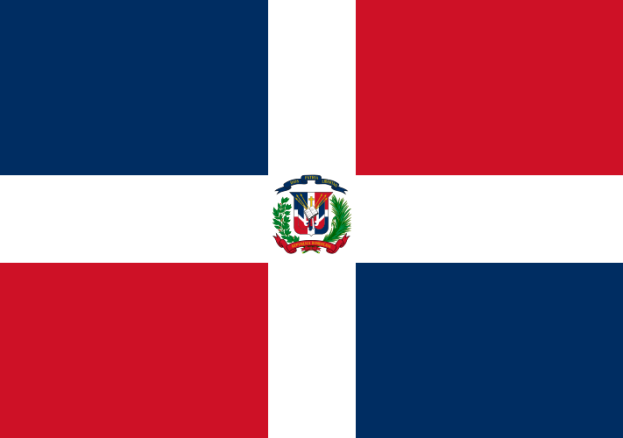
Settled by the Taino people in the 7th Century, Christopher Columbus landed on the Island in 1492 and quickly made the Island a Spanish Colony, thereby making it the first European Settlement in 1511, naming the island ‘Santo Domingo’.
Today, the Dominican Republic shares the Island of Hispaniola with Haiti and is the Second largest Caribbean Nation with 10 Million people within 18,705 square miles/ 48,445 square kilometres. The largest Caribbean Nation is Cuba.
After three hundred years of Spanish, then French and finally Haitian rule, Dominica became independent in 1821. Lead by Jose Nunez de Caceres, Dominica was supposed to become a nation under ‘Gran Colombia’, giving it access to a land mass which encompasses modern day Colombia, Venezuela, Ecuador, Panama, northern Peru, western Guyana and northwest Brazil.
However, a Dominican Slave revolt and an action taken by the Haitian government meant Jose Nunez de Caceres was quickly removed from power.
Now under Haitian rule, the entire Island of Hispaniola was now known as Haiti for 22 years. However, due to large scale military strife, the smaller Dominican population; noticed the wealth promised to them had not materialised, even to go as far as Haiti declaring an economic crisis. This also sparked further military instability within the newly formed nation.
With the scale of government mismanagement reaching an all-time high, Dominican Military leaders launched the Dominican War for Independence, eventually winning the war and founding ‘Santo Domingo’ on 28th February, 1844.
For the next 72 years, the Santo Domingo would be autonomous from Haiti but the constant internal strive and constant threat of a civil war meant that 17 years after it’s victory against Haiti, Santo Domingo became the first independent and only colony in the hemisphere to re-attain a colony status after it was re-recognised by Spain in 1861.
The tale is that Buenaventura Báez Méndez, President of Santo Domingo attempted to annex the country to several countries during his five consecutive terms as President. With no country looking to take on Santo Domingo and it’s turbulent social climate, Baez bankrupted the national treasury to fund his own wealth. This lead to General Pedro Santana to stage a coup and take the role of presidency from Mendez. With no money and even more social strife, the threat of Haiti re-annexing the country by force lead Mendez to call on Spain for help and ultimately protection from Haiti, to which Spain obliged and quickly made Santo Domingo a Spanish Colony.
Tired of being a colony, the Dominican Republic sought Independent once again in 1863 the Dominican Restoration War begun.
In 1865, the Dominican Republic was officially an independent country, birthing the Dominican Republic officially and recognising the colloquial name since its initial recognition of independence from Spain in 1821.
